Two Ways of Growing Concord Grape Vines
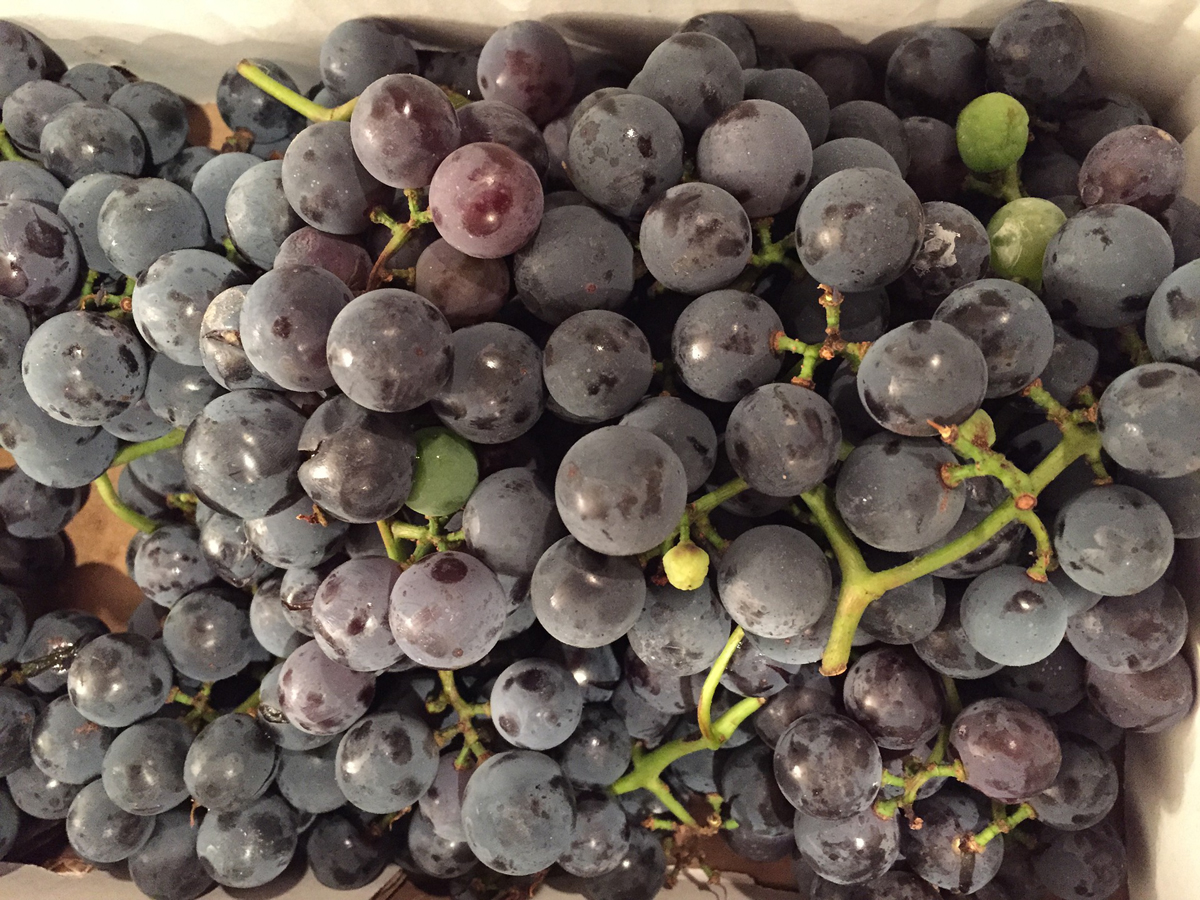
Growing Concord grape vines is habitually done in lands with wide, open spaces. This is one is the most frequent and common way of growing Concord grapes. Other than this traditional Concord grape-growing method, there exists a unique and unorthodox manner of growing them and that is by planting them in containers. Growing Concords directly in the land is only a good idea if you have enough space in your garden or in your backyard. On the other hand, if you have very limited space, then you can always grow Concords in containers and thus take up very little space in your yard because these containers limit their growth.
Before we discuss the non-traditional way of growing Concord grape vines, let us first discuss the standard way of growing them. To start off, you will need an adequate space to grow Concord grapes in your garden. There is no need to worry about the climate in your area because Concords are hardy varieties that are able to withstand temperatures that are as cold as that in New England. Concord grapes should be spaced at least 7 feet apart. So you should adjust the number of grape vines you are going to grow according to your available garden space.
Once you have assigned the space on which you will be growing Concord grape vines, soil preparation must be done. If the soil has a pH below 7.0, you can make it more acidic by adding lime or peat moss into it. Concord grape vines prefer soil acidity above 8.0. Next, dig holes in the soil that are as large as the original seedling containers. After digging up planting holes, you can transfer the Concord grape vine seedlings individually from the containers to these holes.
Cover up each hole with soil about half an inch higher than the original level of the soil. After planting, set up 12 to 18 inch high trellises behind each grape vine. Water the growing Concord grape vines on a weekly basis with at least 1 inch of water. The soil should be kept wet most of the time during growth. To improve the soil’s water retention, you can lay out bark chips or straw that is 4 inches high on the soil. This will also deter weed growth and protect your Concords from extreme temperatures.
The out-of-the-box method of growing grapevines begins with acquiring cuttings from dormant Concord grape vines. These vines go dormant in the months of December and January. Or if it is not too much for you, you can also purchase young Concord vines from a local nursery. Following this, purchase containers that are large enough for each grape vine that you plan to grow. Make sure that these containers have holes in the bottom to allow draining.
Next, fill each container up to halfway with potting soil. The remaining half should be filled with perlite. Make an indentation in the middle of the soil and plant a vine in each container. If you are using cuttings, bury the bottom part of three nodes in each container. You must permit the upper two buds of the nodes to show up above the soil’s surface. If you purchased seedlings, bury their entire root system with the topmost part of the roots not reaching deeper than 2 inches below the soil.
After planting your vines, pour water into each pot until the water comes out of the bottom hole. Water them every 1 to 3 days as needed but make sure that the water does not pool in the pots. Next, tie each single vine onto a stake and place the pots in an area where it can get at least 8 hours of sunlight daily.
Depending on the availability of your space, you can choose from two different ways of growing your grapes. These two methods will allow you to utilize your garden space the most. In no time, you will be growing delectable grapes which you could use to make wine or which you could directly serve to your family for table-eating.
The Author:
Charles Perkins is a grape growing expert.




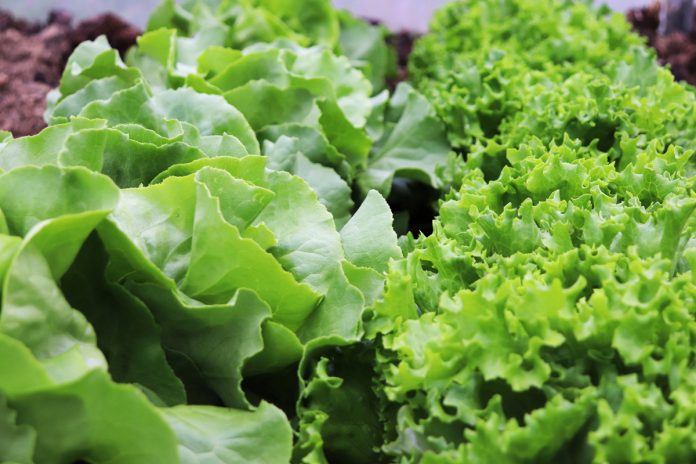
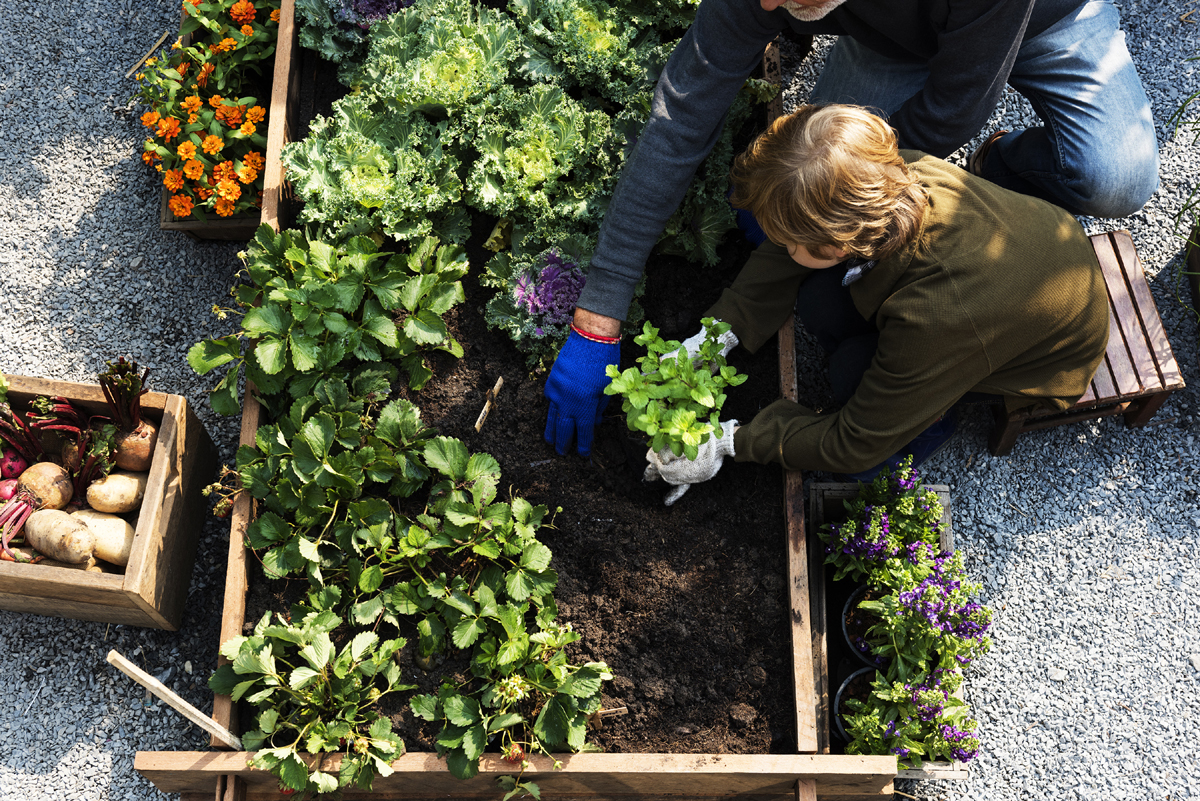

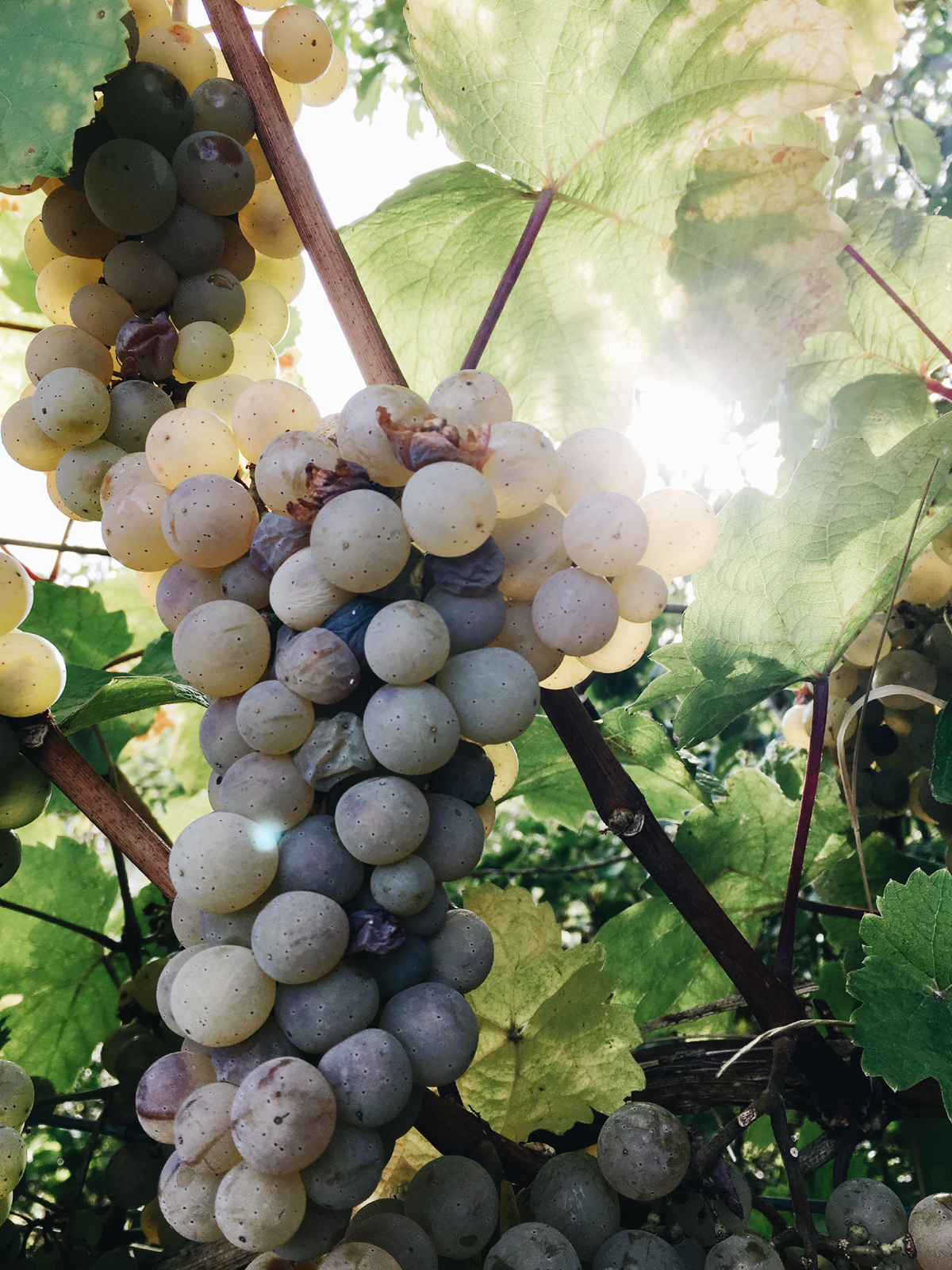
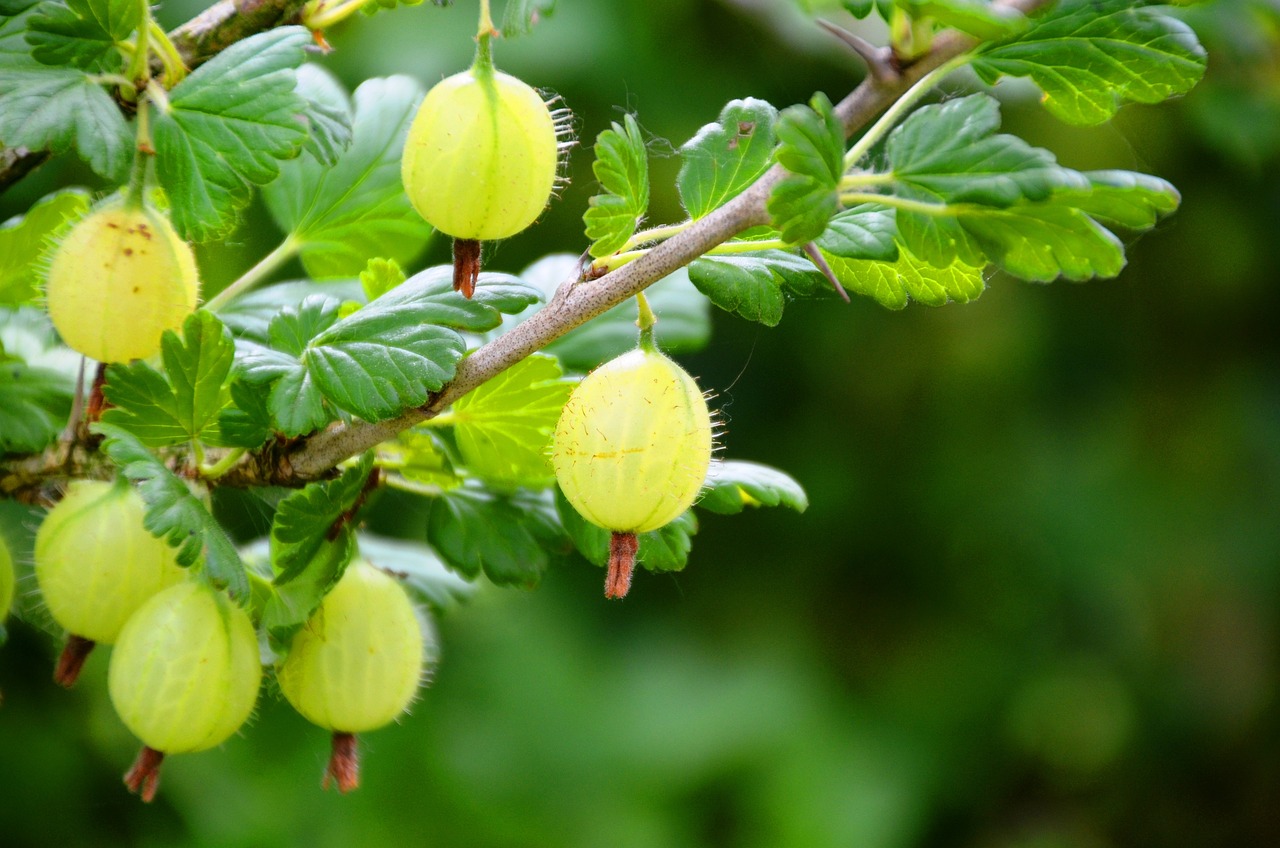
“If the soil has a pH below 7.0, you can make it more acidic by adding lime or peat moss into it. Concord grape vines prefer soil acidity above 8.0.”
This statement is misleading and incorrect. You would want to make the soil less acidic and thus more “alkaline” if the optimal pH is 8.0, since a pH of 7.0 is more acidic than a pH of 8.0. Doing so is done by adding lime or peat moss but you are making the soil more alkaline to reach a pH of 8.0.
I appreciate your comment, but I have to disagree. The statement in the article is actually correct. The optimal pH level for Concord grape vines is indeed above 8.0, which means that they prefer a more acidic soil. So, if your soil has a pH below 7.0 (which is already considered acidic), you can increase its acidity by adding lime or peat moss. This will help to raise the pH level closer to the desired range for Concord grapes.